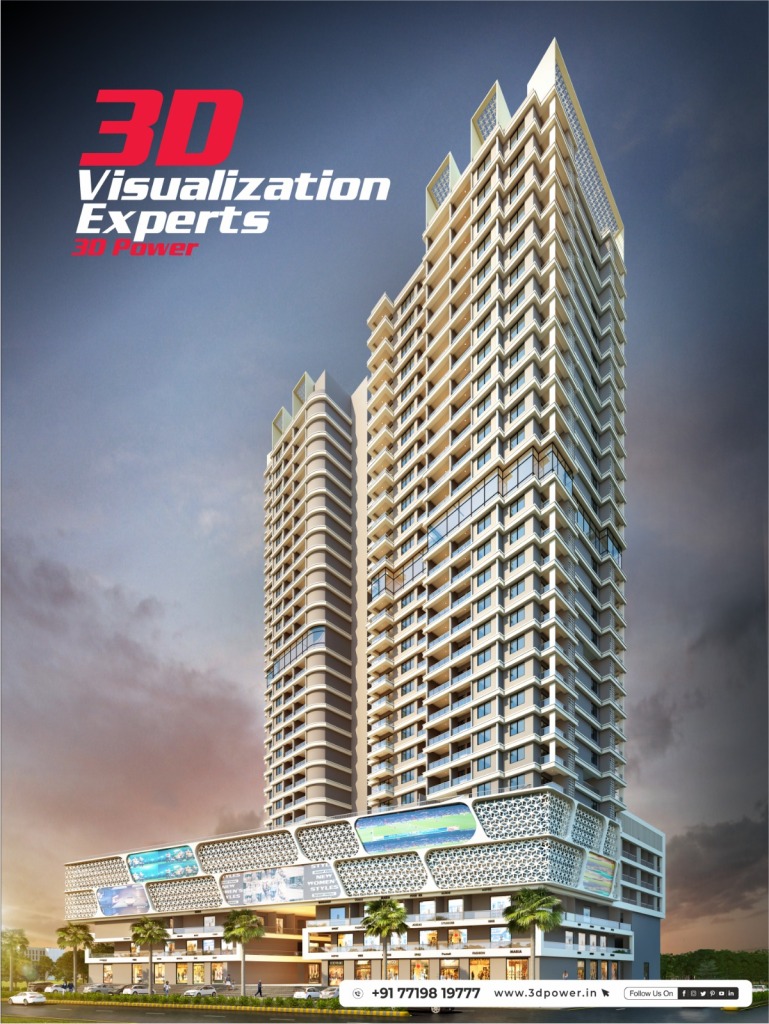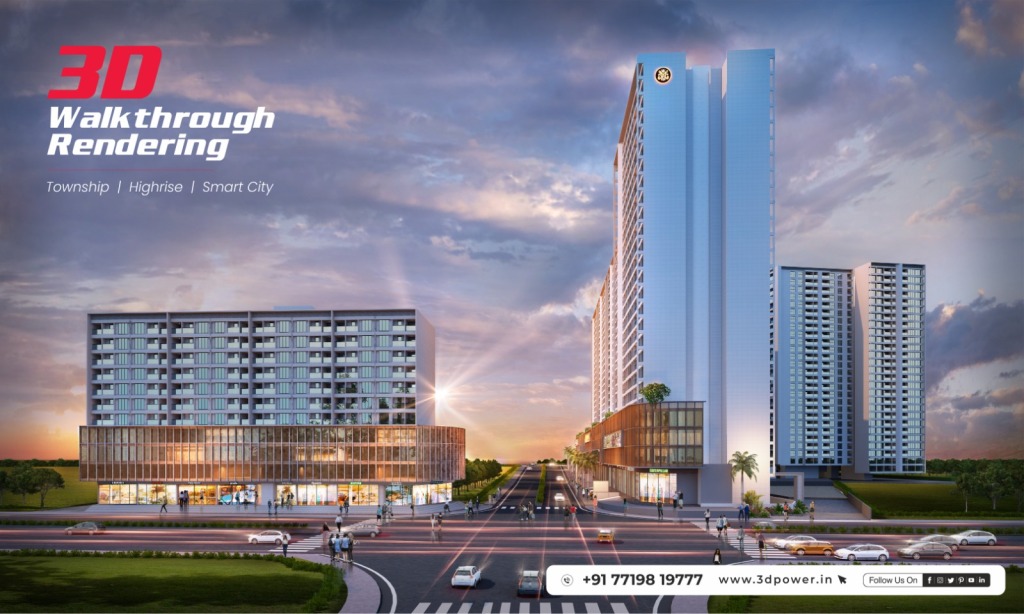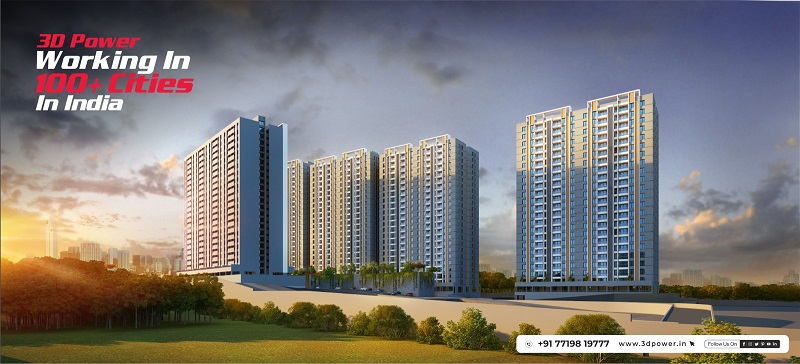Introduction
In today’s digital age, 3D rendering has become a powerful tool that breathes life into ideas and concepts, transforming them into stunning visual representations. Whether in architecture, gaming, film, or product design, 3D rendering has become an integral part of the creative process. In this blog, we will explore what 3D rendering is and how it works, focusing on the expertise of 3D Power, a leading name in the world of 3D visualization

What is 3D Rendering?
3D rendering is the process of converting a 3D model into a 2D image or animation with realistic lighting, textures, and shadows. It takes a digital representation of a three-dimensional object or scene and produces a high-quality 2D image that mimics real-life. This technology allows architects, designers, and artists to visualize their concepts and creations with astonishing realism, making it an invaluable tool in various industries.
How Does 3D Rendering Work?
The process of 3D rendering is complex and resource-intensive. It involves multiple stages and requires powerful hardware and specialized software. Here is a simplified overview of how 3D rendering works:
- Creating the 3D Model: The process begins with the creation of a 3D model. This is typically done using Computer-Aided Design (CAD) software or specialized 3D modeling software. Skilled artists or designers meticulously craft the digital representation of the object or scene they want to render.
- Applying Materials and Textures: Once the 3D model is ready, materials and textures are applied to it. These define how the object’s surface will look and interact with light. Realistic materials like wood, metal, glass, and fabrics are simulated to achieve a lifelike appearance.
- Setting Up the Scene: In this stage, the 3D artist sets up the scene in which the model will be placed. This includes adding lighting, setting up a camera angle, and positioning any additional elements required to create context and realism.
- Rendering the Scene: The most resource-intensive step, rendering, begins here. The 3D model, materials, lighting, and camera information are fed into a rendering software. This software uses algorithms to simulate how light interacts with the objects in the scene, calculating reflections, refractions, and shadows.
- Rendering Algorithms: There are different rendering algorithms, such as Ray Tracing and Rasterization. Ray Tracing is known for its photorealism as it simulates the path of light rays, resulting in highly accurate and realistic images. Rasterization, on the other hand, is faster but may sacrifice some realism.
- Post-Processing: Once the scene is rendered, the 2D image or animation may go through post-processing. This involves enhancing the final output, adding effects, adjusting colors, and making any necessary tweaks to achieve the desired outcome.

The Role of 3D Power in 3D Rendering:
3D Power is a renowned name in the field of 3D visualization and rendering. They possess a team of skilled artists, designers, and architects who specialize in creating high-quality 3D renderings for various industries. Their expertise lies in architectural visualization, product rendering, and walkthrough animations.
With state-of-the-art technology and a deep understanding of rendering techniques, 3D Power can bring architectural blueprints to life, allowing clients to visualize their projects even before construction begins. They provide realistic representations of interiors, exteriors, and landscapes, enabling clients to make informed decisions and communicate their vision effectively.
Conclusion :
3D rendering is a powerful tool that has revolutionized how we visualize ideas and designs. From architectural projects to gaming environments and product design, 3D rendering plays a crucial role in shaping our visual experiences. 3D Power stands at the forefront of this technology, showcasing its capabilities in turning imagination into reality. With the continued advancement of rendering technology, we can expect even more astonishing visualizations in the future, pushing the boundaries of creativity and innovation.
Our Latest Walkthroughs :
Conect With Us :
Call: 9372032805
Email: 3dpowerinfo@gmail.com / info@3dpower.in
Website: www.3dpower.in
YouTube link: https://www.youtube.com/user/3dpowerwalkthrough/videos
Facebook link: https://www.facebook.com/threedpower







Leave a comment